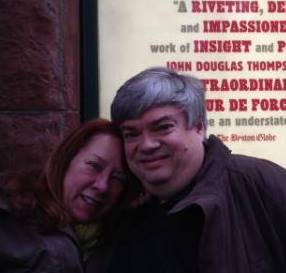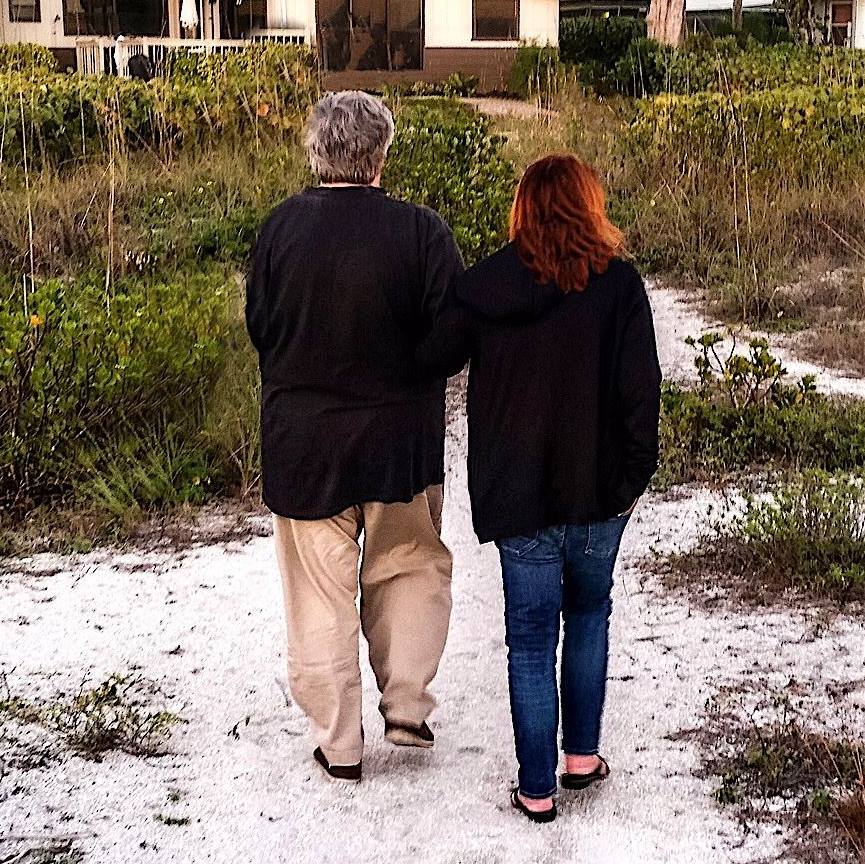Satchmo at the Waldorf, my one-man play about Louis Armstrong, has been produced numerous times from coast to coast since its Florida premiere in 2011. I’ve seen eight stagings, two of which I directed and in all of which I was personally involved. But that leaves many more that I never got to see, and prior to last night, I last saw the play two years ago when I directed it for Houston’s Alley Theatre. Moreover, none of the theaters that produced Satchmo without my assistance bothered to let me know they were doing it: I found out about their productions through my theatrical agent.
That may sound odd to you, but it’s the way theater works. Once a play is made available for licensing, it can be produced without consulting the playwright (unless, like Edward Albee and Samuel Beckett, he insists on exerting control over the production). So long as the licensing fee is paid and the text of the play is performed as written, it’s my policy to let anyone who wants to stage Satchmo do so, and now that the pandemic has shut down live theatrical performances, I make a special point of saying yes to companies that want to stream it. As I’ve previously written, I regard Satchmo as a grown child who has left the nest: he’s on his own now, for good or ill. On the other hand, it’s nice to be able check from time to time on how my child is doing, and so when PURE Theatre, a company in Charleston, South Carolina, announced that it would be streaming Satchmo this winter, I decided to take a look at the production, not to give advice—the show had already been taped when I watched it last night—but out of pure curiosity. How would Douglas Scott Streater, the actor, and Sharon Graci, the director, bring to life the three very different characters who are portrayed in Satchmo? No less interesting, what would the show look and sound like in the hands of Richard Heffner, the set and lighting designer, and Miles Boinest, the sound designer?I hasten to say that this isn’t a review. I was watching for fun, though I was also watching—and listening—from the point of view of a playwright who has also directed two productions of Satchmo. Speaking as a director, there were certain things I would have done differently, as well as a couple of nifty details that I plan to steal should I ever stage Satchmo again. Most important of all, I thought that Douglas Scott Streater was terrfic. He’s young for the part, but he has just the right energy, as well as the sense of humor that I regard as indispensable, since Satchmo plays like a comedy for much of its length. I was especially impressed by the latter quality because this production was taped in an empty theater, without the immediate audience feedback on which a comic actor feeds under normal circumstances.
All in all, PURE Theatre’s production was good enough that I was able to lose myself in Satchmo all over again. On more than one occasion I found myself completely “outside” the play, feeling as though I were watching a show written by somebody else, and a couple of scenes—especially the one in which Armstrong remembers his very first Christmas tree—moved me to tears. When it was over, I told my roomie, “It’s a damned good play, isn’t it?” She agreed.
Another thing about PURE’s Satchmo that made me cry was that Hilary wasn’t there to watch it with me. It was her boundless faith in my talent that gave me the courage to try writing a play of my own, and the two of us saw the results together in Orlando, Lenox, West Palm Beach, and off Broadway. Alas, she was too ill to see my second staging of Satchmo in Houston, and union regulations forbid making copies of archival videos, even for the personal use of the playwright. She was as proud as ever, but it wasn’t the same.
I wish Hilary could have sat on the couch with me and watched PURE’s Satchmo on TV. It would have given her great joy to see my child—our child—one last time. That is part of what it means to lose a partner: I can no longer share anything with her. All I can do is remember how good it felt to be holding the hand of my life’s companion the first time the lights went up on Satchmo at the Waldorf, and miss her all the more powerfully and poignantly as my first year as a singleton spins to a close.



